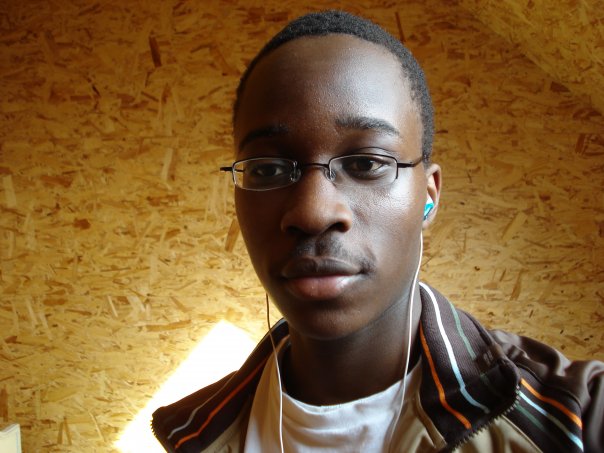TweenBot Project #1
About...
...our project (concept) :
The very first step of our project was to come up with a concept for our Tweenbot. After a group brainstorming our idea was to use wheels for the movement, infrared sensors to detect obstacles, and LEDs+buzzer to attract attention (c.f. other sections for more details). Someone then came up with the idea of a Pikachu looking robot. The LEDs could be placed in Pikachu’s red cheeks and the buzzer could make a similar noise to Pikachu. In the spirit of having a playful looking robot to attract people for help, this concept seemed perfect.
...the team members :
A team of six students from Bruface (VUB and ULB) were put together for this project. We decided to split up into two teams. One team would handle the PCB design as well as the programming part of the project (as they are heavily linked) and the second team would take care of designing the mechanical layout of our robot. Below you can find a list of team members split into the two teams:
Electronics/Programming

Cao Hoang Long

Fidele Gwaneza

Adam Herrald
Mechanics

Marco Pinto

Otmane Abdoue

Hermann Donfack
Steps
For this project, a high level of teamwork and communication was needed among the members. Each part of the project were related, so each task would be dependant of another. For example when wanting to dimension the robot in CATIA, it was necessary to first know the number and dimensions of the PCB.
The first part of the project was conceptual: What will the robot do, how will he do it? This allowed us to come up with a list of components necessary and a first conceptual design of our robot. The second part was designing the PCB, the program as well as designing the layout of our pieces on CATIA.
The final part was to create the physical parts. Making the PCB and the robot’s frames then linking it all together with sensors and actuators. It was then possible to test and tweak the robot when needed.